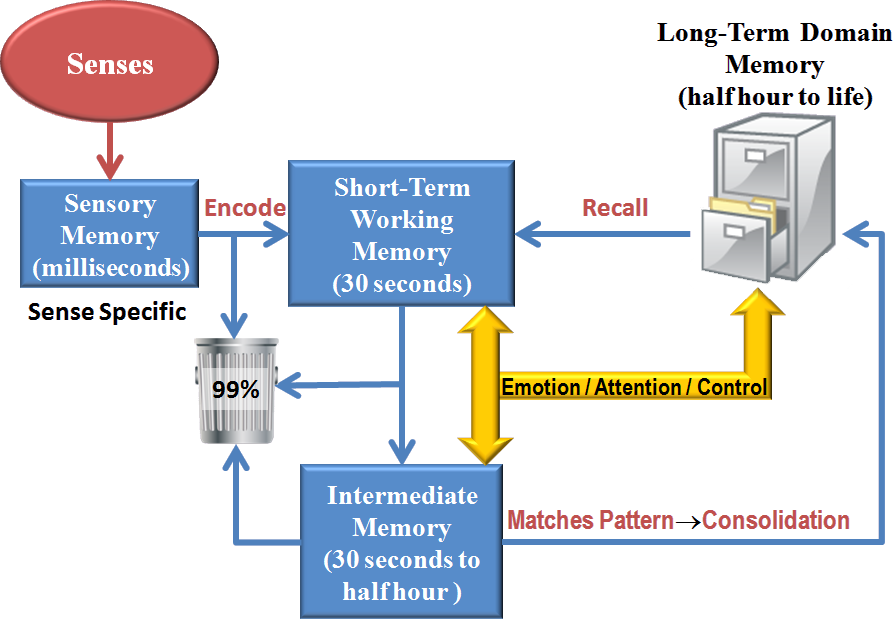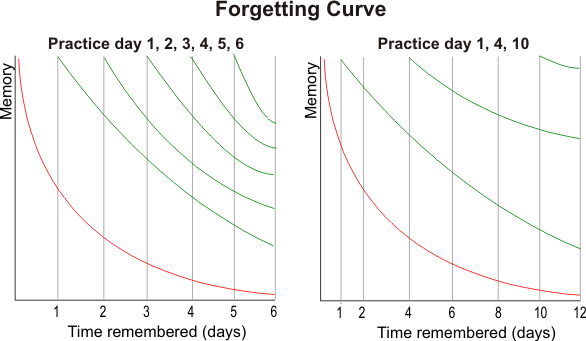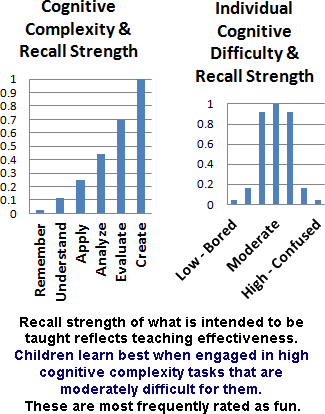
What do we now know about learning, in a nutshell?
Learning occurs when information is received from the senses, recognized as a pattern, and stored in long term memory as part of an information pattern.

Ninety-nine percent of all sensory information is discarded almost immediately after being sensed. The remainder is what the brain judges to be important, and is checked for matches against existing memory patterns to access meaning. If no partial match occurs, the information is frequently discarded as meaningless. Infants and young children need adults to inform them about meaning in a manner they can understand to start building their knowledge network, otherwise they do not know what stimulus is safe to discard. Failing to do this can lead to sensory over and under sensitivity.

Factual information is stored in semantic memory and requires repeated refreshment to remain in long-term storage. This is referred to as the Forgetting Curve. Forgetting prevents information needed for short times, where did I put my keys last night, to be stored long term, reducing confusion. Contrary to popular thought, daily refreshing of facts is not the best way to retain information. Introduction of too similar information during the same time period limits the retention of both. Gradually increasing the time between information refresh is more effective. The 1, 4, 10 day refresh works best on average, but the optimal sequence varies by individual and subject. Computers can be very good at determining and delivering the information refresh.

Context rich information is stored in episodic memory with links to semantic memory. The more relevant and the deeper the person thinks about the information, the greater the recall. The levels of Blooms Taxonomy reflect greater depth of thought, therefore greater retention. People enjoy problems of moderate complexity for them. Games are designed with that in mind. Low complexity causes boredom. High complexity or detail with low context causes confusion, which is difficult to recover from.
The brain judges value through the emotion and executive control systems. The emotional system reacts first, the executive control can override on remaining information. Positive emotions increase the ability to think complexly and creatively, making it easier to find solutions to problems and to remember information. Negative emotion has the opposite effect, except when strong acute negative emotions form aversion reflexes to protect us from future harm. Chronic stress causes a 40% reduction in cognitive ability. Chronic and extreme acute stresses have a lasting affect of children's learning.
When both visual right and verbal left systems are used together, memory formation and recall is greatly enhanced. Different brains require different teaching approaches. Teachers, human and non-human, need to know how brain learns to teach well.
